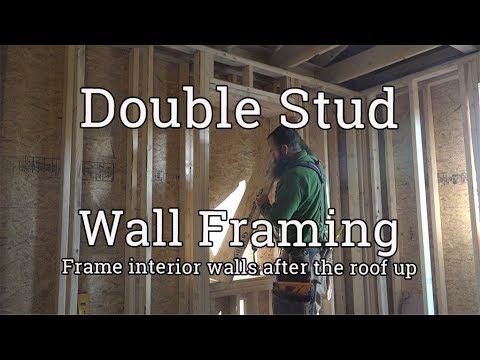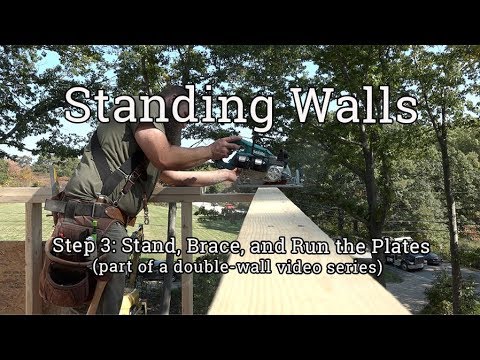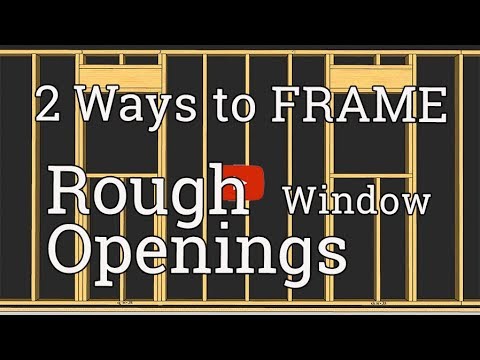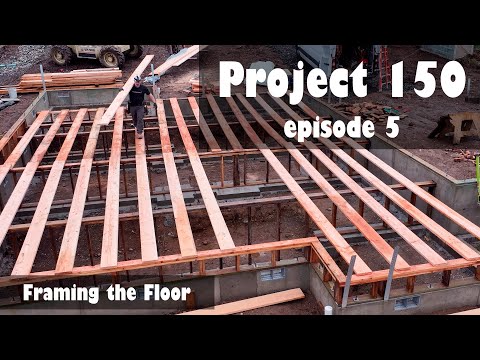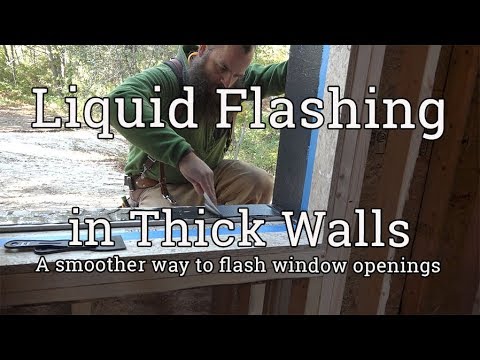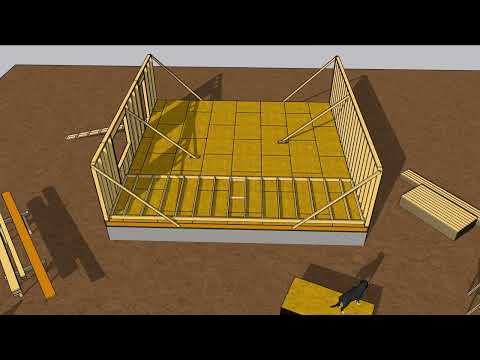One of the advantages of double stud walls is that you can frame with 2x4s.
This makes the walls easier to lift, but these jokers are still using a big ol’ forklift to do the heavy work.
Millennials.
Most studs come precut, but the third floor of this house is a little shorter than eight feet, so Ben gang-cuts a handful of studs.
He lines up the ends with a framing square, clamps the bundle together, and marks a line.
While he is doing that, he explains the order of walls he'll frame in the house. Usually, eaves and then gables, because the shorter gable walls can be built and stood between the longer eaves walls.
As for the eave walls,
Ben: “We pick which walls we want to frame here based off of where we can reach (the forklift) from.
So, we have a low side to the building, and I had some concern about whether we'd be able to lift that wall with the other wall that we had, so I did this wall forst (with lower grade) in case we'd have to come from the higher grade side of the building.
And still have a way to be able to reach up, grab the wall and lift it."
After he cuts the studs, he stacks them next to the plates and then explains his layout process, designed to save steps and reduce dependency on memory. First, he marks rough openings for windows and doors, and then he marks the studs.
Ben: As far as layout goes, in pre-construction, I go through the prints and make syself a cheat sheet, so to speak, with the locations of all the window R.O.s and sizes.
So that when I get here, we can just pull on our plates and lay out our R.O.s accurately.
And I always set it up, pulling from the right towards the left of the building. Because that way, I can mark out my R.O.s and by the time I get to the end of the wall plate, I can unhook from my R.O.s and start my layout, because I usually run sheathing starting left to right.
So I just tru to think of ways to cut movement on the jobsite. One trip down, marking my R.O.s, and then I can just pick right up there and work my way back doing all of my layout for sheathing.”
The third trip down the line is marking the hieroglyphics. In this case, Hawk uses a framing square to mark both sides of the studs, but sometimes he gets risky and uses a speed square, marking only one side.
Plate stock comes longer than the nominal length they are sold at, so they need to be cut to the correct length to split a stud on the layout.
As long as we are talking about plates, it is good practice to break the top plates over studs because if you've ever run an expensive new hole saw into a mass of nails—well, we'll just leave it there.
So, with the plates laid out, and studs roughly stacked, they can begin framing. They prebuilt the rough openings earlier, while Ben was talking to the camera, so now they can just plop them in place and roll.
Let’s take a closer look at the window framing
Ben pulls his tape from left to right marking centers of window openings.
To lay out the window opening, use the center line to mark the width of the RO. This is the inner face of the two jack studs or trimmer studs.
The inner edges are the rough opening, and the outer edges are the header width. The jack studs suit under the header, holding it up at each end.
Beginning with the header, let’s look at the assembly sequence
The header usually has a plate above and below to give a full bearing on the jack studs.
The height of the jack studs depends on multiple things. It could be aligned with tops of the interior doors, or it may be specified on the plans.
Either way, flush the bottoms of a couple of jack studs with the bottom of a couple of king studs and nail them together.
Now you can nail the header into the studs.
You can also piece in the cripple studs and sill plate, but Ben holds off on cripples that are within the opening just yet. Those are added along with cripple studs above the header as the wall is framed.
Back on the actual job, Brian checks the crown on each stud and places them all in the same direction, to avoid a humpy wall.
Meanwhile, Liz fills in the cripple studs below the sill.
These follow the typical layout so wall sheathing will break right.
When the bottom plate is nailed, the top plate is slid into place and nailed as well.
Now Liz fills in above the header. While Brian nails it off, hawk lays out the next wall.
When the wall is framed, they square it up. The bottom plate is tacked to the line on the floor deck, and they measure diagonals to see which way to whack it.
Right to left.
They recheck it, and when it is perfect, they snap a line for the first course of sheathing.
Which takes us to the end of the framing. Next time we’ll put the sheathing on the line—
And nail it.
This is the first part of a seven-part series on framing, flashing, and sealing a double-wall house.
